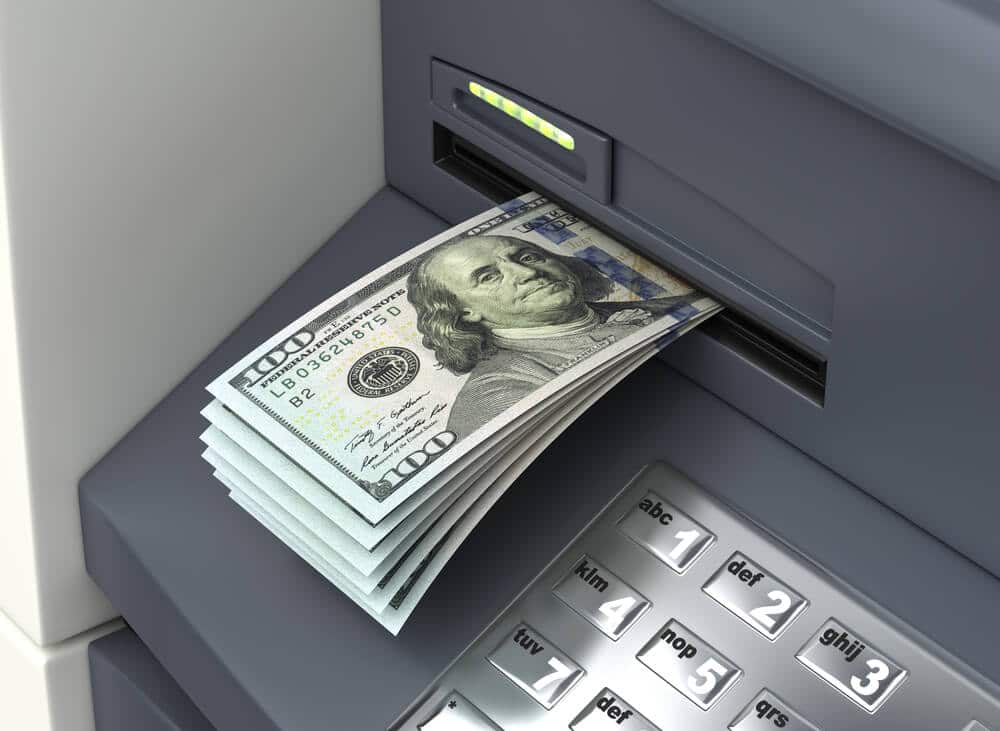Importance of Cybersecurity in Banking

In our increasingly digital world, where transactions, communications, and data storage are conducted online, cybersecurity has become paramount, especially in the financial sector. Banking institutions play a pivotal role in the global economy, and they handle vast amounts of sensitive information, making them attractive targets for cybercriminals. In this blog post, we’ll delve into the critical importance of cybersecurity in banking, examining the potential threats, consequences of breaches, and the strategies employed by financial institutions to protect their assets and customer data.
The Growing Threat Landscape
The world of banking has come a long way since the days of vaults and safes. Today, the most valuable assets are not stored in physical form but exist in the digital realm. Cybercriminals are well aware of this shift and have adapted their tactics accordingly. They are constantly seeking vulnerabilities in banking systems, targeting sensitive data, financial transactions, and customer information.
Financial institutions face a wide array of cybersecurity threats:
- Phishing Attacks: Phishing is a deceptive tactic where criminals impersonate trusted entities to trick individuals into revealing confidential information, such as login credentials and personal details. These attacks are a common method for compromising bank accounts and stealing funds.
- Malware: Malicious software, or malware, can infiltrate banking systems to steal data, disrupt operations, and compromise customer accounts. Ransomware attacks, where criminals encrypt data and demand a ransom for its release, have become a significant concern for banks.
- Insider Threats: Employees with access to sensitive information can pose a significant threat. Whether through negligence or malicious intent, insider threats can lead to data breaches and financial losses.
- DDoS Attacks: Distributed Denial of Service (DDoS) attacks can overwhelm a bank’s online services, rendering them inaccessible to customers. These attacks are often a cover for more sophisticated intrusions.
The Consequences of Cybersecurity Breaches
The consequences of cybersecurity breaches in the banking sector are far-reaching and can have devastating effects on both financial institutions and their customers.
- Financial Losses: Banks can incur substantial financial losses due to theft, fraud, and regulatory penalties resulting from breaches. In addition, the cost of recovering from a cyberattack, including system repairs and enhanced security measures, can be astronomical.
- Reputation Damage: A breach can severely damage a bank’s reputation, eroding customer trust and loyalty. Once a bank is seen as vulnerable to cyberattacks, customers may seek alternative, more secure options.
- Legal and Regulatory Consequences: Banks are subject to stringent regulations, and a cybersecurity breach can result in fines and legal action. Non-compliance with regulations can have serious legal and financial ramifications.
- Data Theft: Cybercriminals target sensitive customer data, including personal and financial information. The theft of this data can lead to identity theft, fraud, and the unauthorized use of bank accounts, causing considerable harm to individuals.
- Disruption of Services: DDoS attacks and other cyber incidents can disrupt banking services, leading to customer dissatisfaction and lost business opportunities.

Protecting the Financial World: Cybersecurity Strategies in Banking
To combat the ever-evolving threat landscape, banks employ a wide range of cybersecurity strategies. Here are some key approaches:
- Robust Firewalls and Intrusion Detection Systems: Banks invest in state-of-the-art firewalls and intrusion detection systems to prevent unauthorized access and monitor network traffic for suspicious activities.
- Encryption: Encryption is used to protect sensitive data both in transit and at rest. This ensures that even if data is intercepted, it remains unreadable to unauthorized individuals.
- Employee Training: Banks conduct extensive cybersecurity training for employees to raise awareness about potential threats and teach best practices for safeguarding data.
- Multi-Factor Authentication: Multi-factor authentication (MFA) adds an additional layer of security by requiring users to provide multiple forms of verification, such as a password, fingerprint, or facial recognition.
- Regular Security Audits: Banks regularly conduct security audits to identify vulnerabilities and address them before they can be exploited by cybercriminals.
- Incident Response Plans: Banks have comprehensive incident response plans in place to mitigate the damage in the event of a breach. These plans outline the steps to take when a breach occurs, including reporting, containment, and recovery procedures.
- Collaborative Information Sharing: Banks often share threat intelligence and information with industry peers and government agencies to stay updated on emerging threats and vulnerabilities.
- Strong Authentication for Customer Transactions: Banks implement stringent authentication measures for customer transactions, such as online banking and mobile applications, to protect against fraud.
- AI and Machine Learning: Leveraging artificial intelligence and machine learning, banks can quickly detect and respond to emerging threats in real time, improving their ability to defend against cyberattacks.
Conclusion
In the digital age, the importance of cybersecurity in banking cannot be overstated. As banks continue to serve as the backbone of the global economy, protecting financial assets and customer data is essential for maintaining trust and financial stability. With the ever-growing threat landscape, financial institutions must remain vigilant and employ cutting-edge security measures to defend against cyberattacks and secure the future of banking in our interconnected world. Ultimately, safeguarding the financial world is not just a responsibility but a necessity for the entire global economy. If you want to read more about the importance of cybersecurity in banking, check out the official blog for further info.

